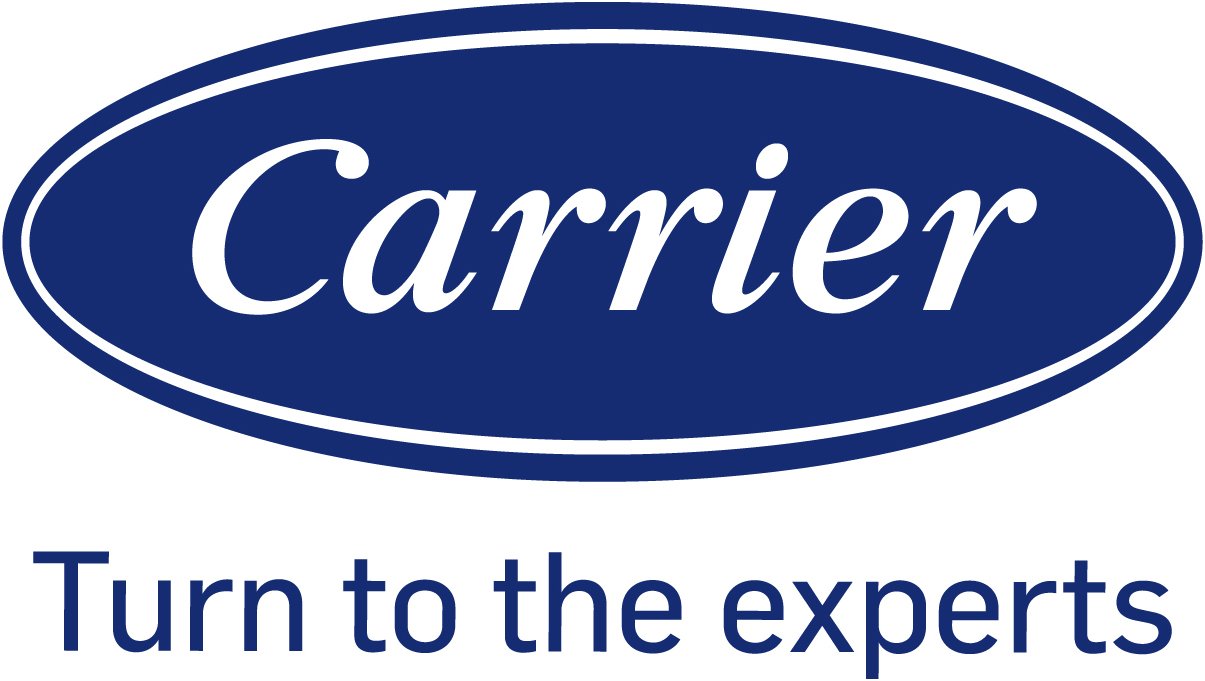A New Refrigerant For A New Standard - PURON ADVANCE
/In a worldwide effort to address climate change concerns, global leaders have proposed a phase down of high Global Warming Potential (GWP) refrigerants as a part of the Kigali Amendment to the United Nations’ Montreal Protocol. Although the United States as a whole has not yet ratified this agreement, states involved in the U.S. Climate Alliance* are embracing the reductions. Based on proposed California regulations, it is anticipated that many U.S. states will be limiting the GWP for refrigerants used in HVAC applications at a maximum of 750, possibly as early as 2025.


